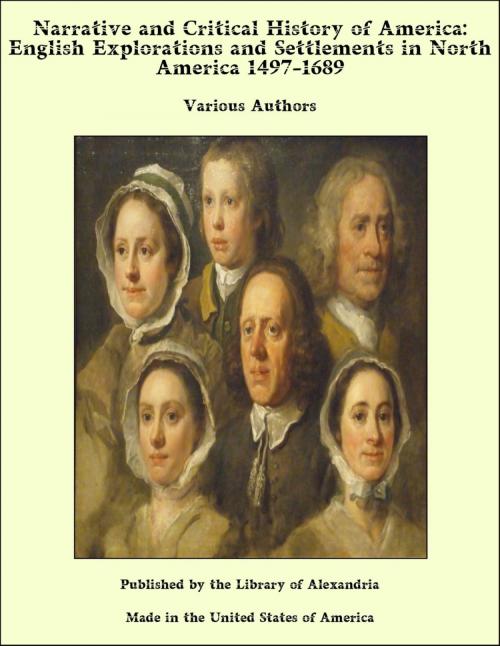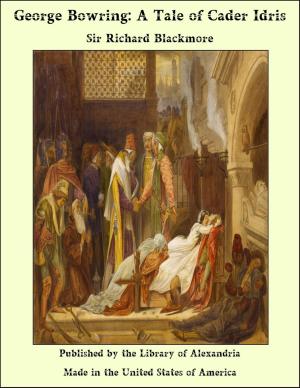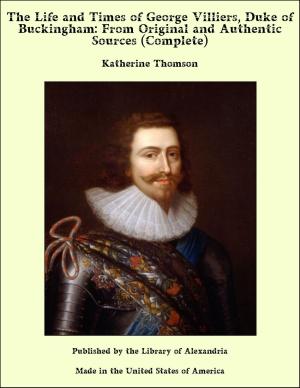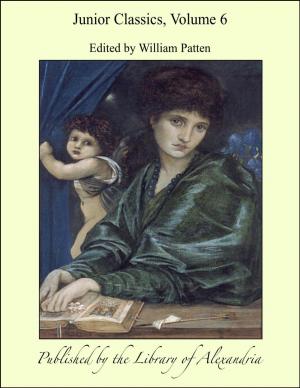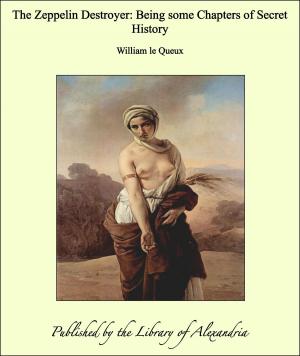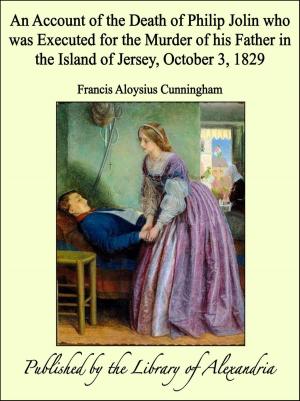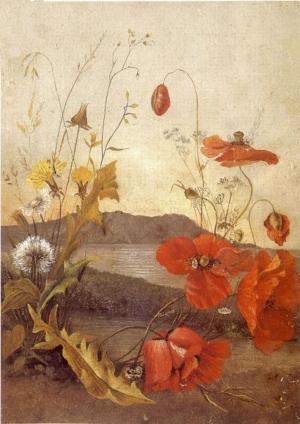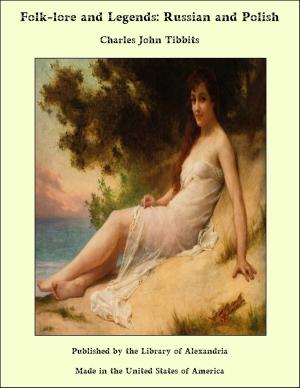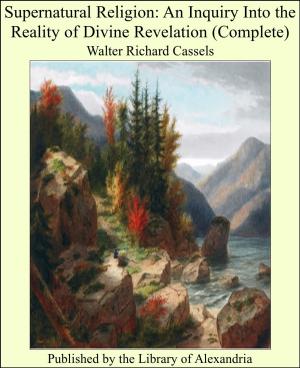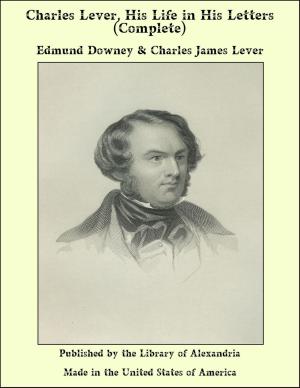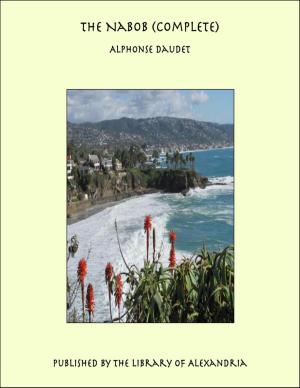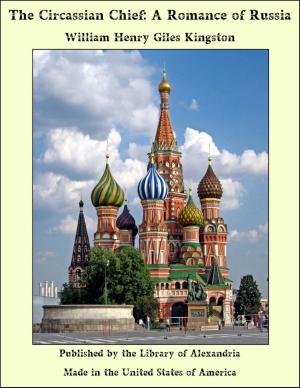Narrative and Critical History of America: English Explorations and Settlements in North America 1497-1689
Nonfiction, Religion & Spirituality, New Age, History, Fiction & Literature| Author: | Various Authors | ISBN: | 9781465608086 |
| Publisher: | Library of Alexandria | Publication: | March 8, 2015 |
| Imprint: | Language: | English |
| Author: | Various Authors |
| ISBN: | 9781465608086 |
| Publisher: | Library of Alexandria |
| Publication: | March 8, 2015 |
| Imprint: | |
| Language: | English |
“WE derive our rights in America,” says Edmund Burke, in his Account of the European Settlements in America, “from the discovery of Sebastian Cabot, who first made the Northern Continent in 1497. The fact is sufficiently certain to establish a right to our settlements in North America.” If this distinguished writer and statesman had substituted the name of John Cabot for that of Sebastian, he would have stated the truth. John Cabot, as his name is known to English readers, or Zuan Caboto, as it is called in the Venetian dialect, the discoverer of North America, was born, probably, in Genoa or its neighborhood. His name first appears in the archives of Venice, where is a record, under the date of March 28, 1476, of his naturalization as a citizen of Venice, after the usual residence of fifteen years. He pursued successfully the study of cosmography and the practice of navigation, and at one time visited Arabia, where, at Mecca, he saw the caravans which came thither, and was told that the spices they brought were received from other hands, and that they came originally from the remotest countries of the east. Accepting the new views as to “the roundness of the earth,” as Columbus had done, he was quite disposed to put them to a practical test. With his wife, who was a Venetian woman, and his three sons, he removed to England, and took up his residence at the maritime city of Bristol. The time at which this removal took place is uncertain. In the year 1495 he laid his proposals before the king, Henry VII., who on the 5th of March, 1495/6, granted to him and his three sons, their heirs and assigns a patent for the discovery of unknown lands in the eastern, western, or northern seas, with the right to occupy such territories, and to have exclusive commerce with them, paying to the King one fifth part of all the profits, and to return to the port of Bristol. The enterprise was to be “at their own proper cost and charge.” In the early part of May in the following year, 1497, Cabot set sail from Bristol with one small vessel and eighteen persons, principally of Bristol, accompanied, perhaps, by his son Sebastian; and, after sailing seven hundred leagues, discovered land on the 24th of June, which he supposed was “in the territory of the Grand Cham.” The legend, “prima tierra vista,” was inscribed on a map attributed to Sebastian Cabot, composed at a later period, at the head of the delineation of the island of Cape Breton. On the spot where he landed he planted a large cross, with the flags of England and of St. Mark, and took possession for the King of England. If the statement be true that he coasted three hundred leagues, he may have made a periplus of the Gulf of St. Lawrence, returning home through the Straits of Belle Isle. On his return he saw two islands on the starboard, but for want of provisions did not stop to examine them. He saw no human beings, but he brought home certain implements; and from these and other indications he believed that the country was inhabited. He returned in the early part of August, having been absent about three months. The discovery which he reported, and of which he made and exhibited a map and a solid globe, created a great sensation in England. The King gave him money, and also executed an agreement to pay him an annual pension, charged upon the revenues of the port of Bristol. He dressed in silk, and was called, or called himself, “the Great Admiral.” Preparations were made for another and a larger expedition, evidently for the purpose of colonization, and hopes were cherished of further important discoveries; for Cabot believed that by starting from the place already found, and coasting toward the equinoctial, he should discover the island of Cipango, the land of jewels and spices, by which they hoped to make in London a greater warehouse of spices than existed in Alexandria.
“WE derive our rights in America,” says Edmund Burke, in his Account of the European Settlements in America, “from the discovery of Sebastian Cabot, who first made the Northern Continent in 1497. The fact is sufficiently certain to establish a right to our settlements in North America.” If this distinguished writer and statesman had substituted the name of John Cabot for that of Sebastian, he would have stated the truth. John Cabot, as his name is known to English readers, or Zuan Caboto, as it is called in the Venetian dialect, the discoverer of North America, was born, probably, in Genoa or its neighborhood. His name first appears in the archives of Venice, where is a record, under the date of March 28, 1476, of his naturalization as a citizen of Venice, after the usual residence of fifteen years. He pursued successfully the study of cosmography and the practice of navigation, and at one time visited Arabia, where, at Mecca, he saw the caravans which came thither, and was told that the spices they brought were received from other hands, and that they came originally from the remotest countries of the east. Accepting the new views as to “the roundness of the earth,” as Columbus had done, he was quite disposed to put them to a practical test. With his wife, who was a Venetian woman, and his three sons, he removed to England, and took up his residence at the maritime city of Bristol. The time at which this removal took place is uncertain. In the year 1495 he laid his proposals before the king, Henry VII., who on the 5th of March, 1495/6, granted to him and his three sons, their heirs and assigns a patent for the discovery of unknown lands in the eastern, western, or northern seas, with the right to occupy such territories, and to have exclusive commerce with them, paying to the King one fifth part of all the profits, and to return to the port of Bristol. The enterprise was to be “at their own proper cost and charge.” In the early part of May in the following year, 1497, Cabot set sail from Bristol with one small vessel and eighteen persons, principally of Bristol, accompanied, perhaps, by his son Sebastian; and, after sailing seven hundred leagues, discovered land on the 24th of June, which he supposed was “in the territory of the Grand Cham.” The legend, “prima tierra vista,” was inscribed on a map attributed to Sebastian Cabot, composed at a later period, at the head of the delineation of the island of Cape Breton. On the spot where he landed he planted a large cross, with the flags of England and of St. Mark, and took possession for the King of England. If the statement be true that he coasted three hundred leagues, he may have made a periplus of the Gulf of St. Lawrence, returning home through the Straits of Belle Isle. On his return he saw two islands on the starboard, but for want of provisions did not stop to examine them. He saw no human beings, but he brought home certain implements; and from these and other indications he believed that the country was inhabited. He returned in the early part of August, having been absent about three months. The discovery which he reported, and of which he made and exhibited a map and a solid globe, created a great sensation in England. The King gave him money, and also executed an agreement to pay him an annual pension, charged upon the revenues of the port of Bristol. He dressed in silk, and was called, or called himself, “the Great Admiral.” Preparations were made for another and a larger expedition, evidently for the purpose of colonization, and hopes were cherished of further important discoveries; for Cabot believed that by starting from the place already found, and coasting toward the equinoctial, he should discover the island of Cipango, the land of jewels and spices, by which they hoped to make in London a greater warehouse of spices than existed in Alexandria.
